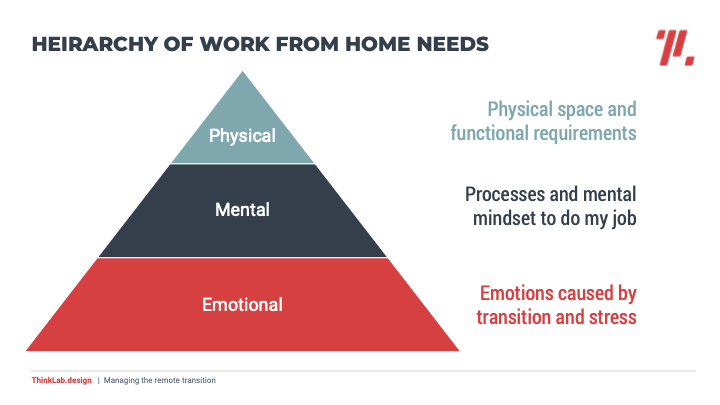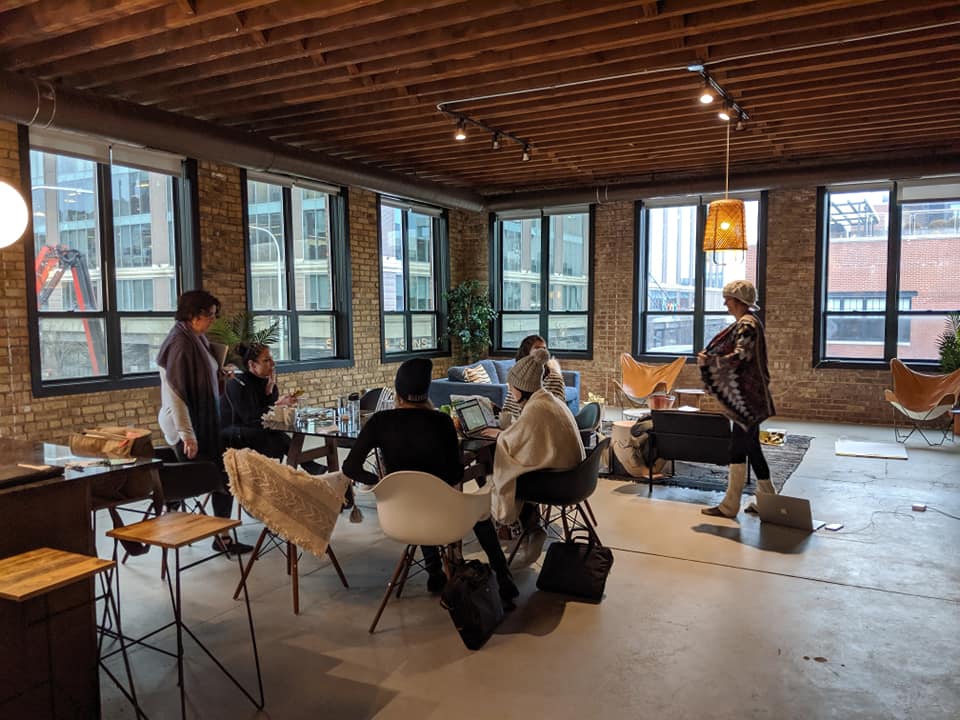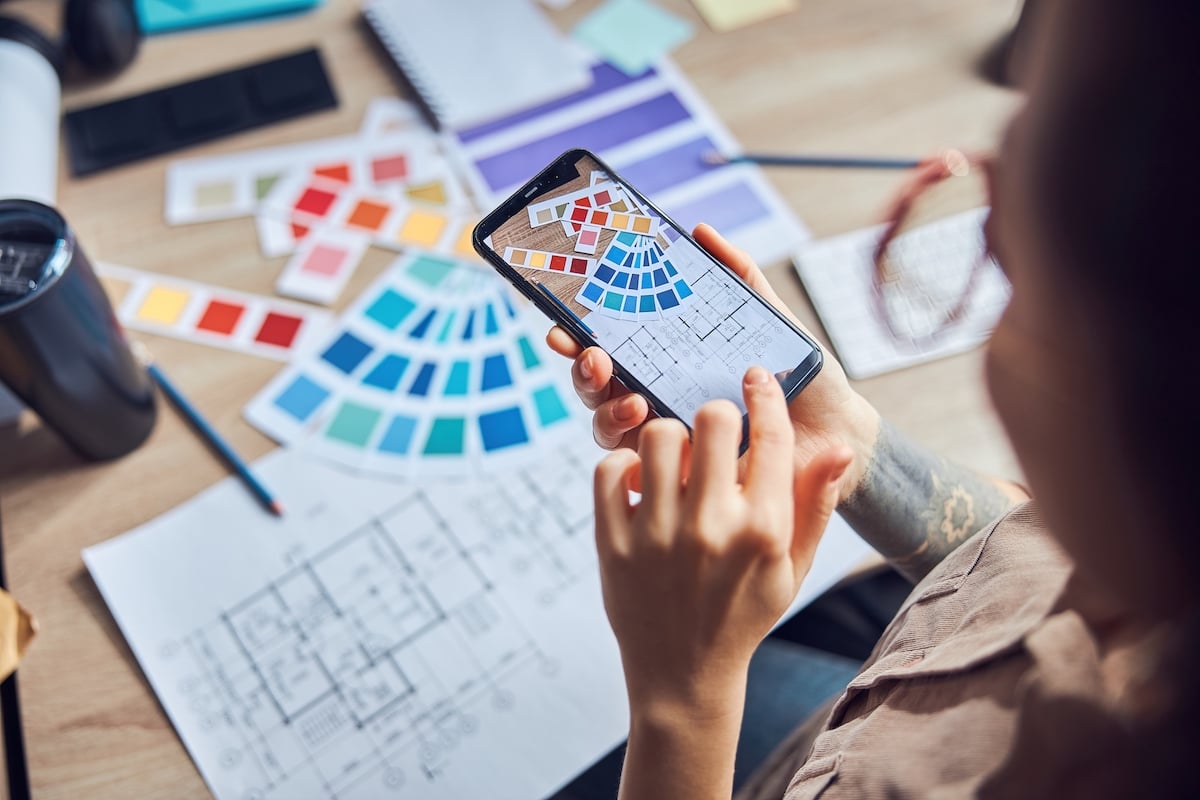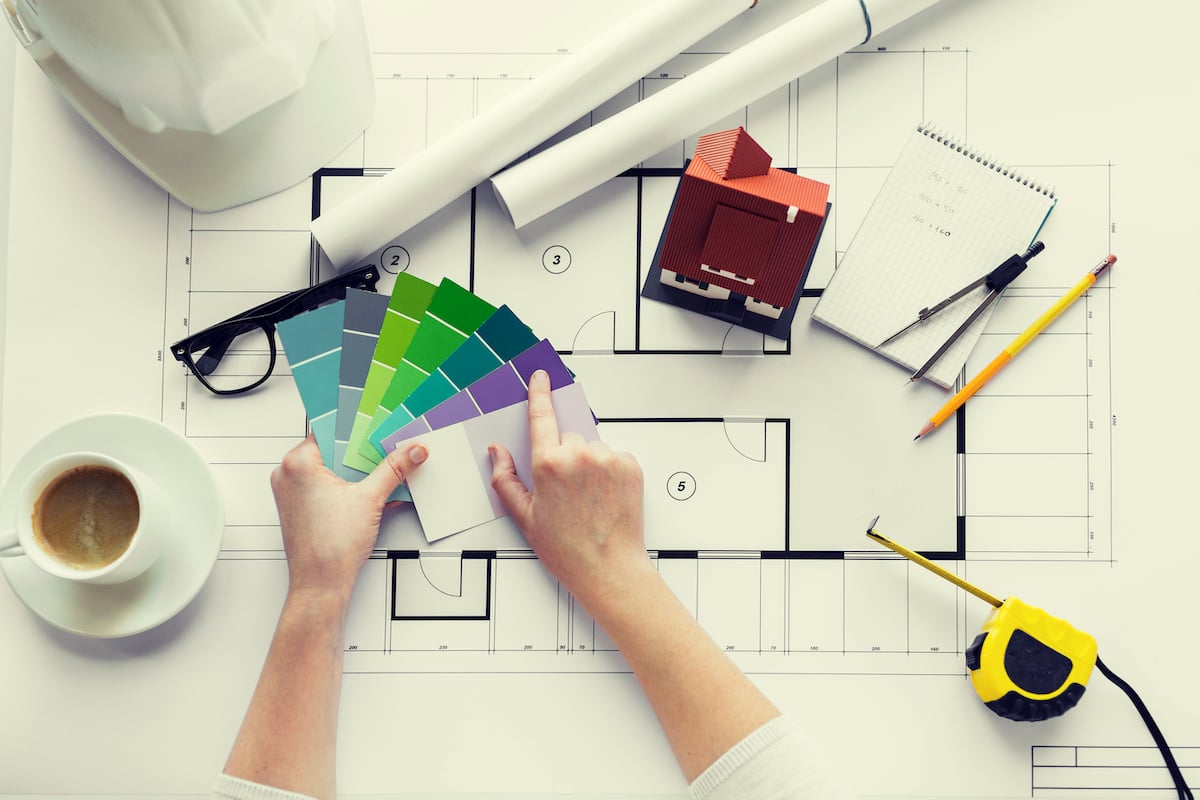
We began 2020 with the same unbridled optimism with which most new years start. Then our world was unexpectedly turned upside down by coronavirus. In a matter of weeks, we went from a thriving economy, and record low unemployment and vacancy rates in the U.S., to a world nearly shut down by a global pandemic. At the time this article was written, there were more than 450,000 confirmed cases globally, with the numbers increasing daily by the thousands and a world marked by social distancing and quarantines.
And still, the story is not one of all doom and gloom—nitrogen dioxide levels over China have dropped since the mandated quarantine, marine life is returning to the waterways in Italy, and families across the world are forced to slow down and enjoy family dinners, game nights in, and more quality time together.
Yet on the A&D front, business is anything but usual. As an industry that thrives on creative inspiration and human interaction, we’ve been forced almost overnight to transition to a near-complete remote existence.
So, as we tread forward, ThinkLab would like to share insights to help your team transition. Much like our typical research approach, we couple our firsthand knowledge of the topic with crowdsourced information to distill succinct insights as to how to make this easier on you and your team. Here are some thoughts and newfound silver linings in our current scenario from a team that has been 100 percent remote since inception.
The ThinkLab team works remotely, but comes together often to collaborate, as seen in this team retreat image. Image Credit: ThinkLab
Recognize the physical transition is just the tip of the iceberg.
While it is natural to focus on things like ergonomics, lighting for our newfound affinity for video calls, and other tools to do our job, the physical transition is just the tip of the iceberg. There’s also a mental adjustment when you have to completely (and quickly) reframe your workflow from in person to digital as well as—in this instance—a very real underlying emotional one.
While our team has been working remotely since its inception in 2015 (and thus the physical and mental transition is near nonexistent for us), we have had to recognize and acknowledge intense emotions caused by this rapid transition. But after seeing your CMO call in from his daughter’s Frozen 2 bedroom, interruptions from 2-year-old “coworkers,” and the joy of “furry roommates” now on work calls, perhaps this will serve to rehumanize the work experience in the end.
Remote work for designers: Actually, we can!
As part of humanizing, we are also hopeful this makes more room for flexibility for the dual-working families, hobbyists, and empty nesters that love to travel but also love to work. In the past, we were told that our industry couldn’t exist remotely. After all, the creative process feeds on interaction with peers. But in a few short weeks, we’re proving the naysayers wrong, and in a very positive, productive way.
As one designer shares, “Management’s typical excuse for not allowing work from home is that the work needs to be done in the office because of team collaboration, software availability, and keeping an eye on people working. I’m happy to say that we are blowing all of those misconceptions out of the water! Now they don’t have a leg to stand on, and I’m hoping it will lead to more flexibility industry-wide.”
While the thought of a digital product preview or an online client presentation may have been unheard of in the past, today it’s the only way we can keep business moving. And we are taking notes along the way, with the hopes of implementing some real change for our industry’s method of working after the dust settles. We just hope the immersive part of this transition doesn’t scare people away from the idea of flexible remote work.
The biggest shift in remote working is transitioning from owning your time to owning your results.
While many focus on where time is spent, we suggest instead focusing on agreed-upon deadlines and timelines, then ensuring those deliverables are hit.
And while it’s natural for employers to be worried about the underperformers getting their work done when they are not physically seen, our advice is to instead worry about burnout. In scenarios like these, it’s oftentimes your type A’s you may want to worry about most. In this uncertain time, these workers often resort to their job as a sense of relief and forward progress as a reprieve from their feeling of helplessness, and the burnout factor can become prevalent. Whether they are facing the many newfound distractions of kids/spouses/roommates at home, deafening silence of a NY studio apartment in quarantine, or simply the lack of marked starts and ends to the days with commutes to the office, our surveys suggest many employees are feeling the constant overhead guilt of “Am I doing enough?” Management’s desire to stay in touch and overcommunicate can add to the guilt factor by making employees feel the need to respond day and night. Work “anytime, anywhere” can become work “all the time, everywhere.”
Fortunately, our research shows that the industry is responding well—72 percent found the transition to be easy or very easy and only 7 percent found it difficult or very difficult. Many of the biggest difficulties are coming from factors that don’t relate well to what typical work-from-home scenarios look like. This transition was rapid, immersive, and with the additional distraction of children at home to boot.
For more tips on how to use this new remote transition to empower your introverts through virtual brainstorming, how to streamline (over) communication, and tips and tricks to get through this crazy phase with the kids (or roommates or surprising discoveries about our spouses’ work habits) at home, we invite you to watch the recording of our full webinar, which can be found here.
Featured image: The transition to remote work comes with a hierarchy of needs that serve as the building blocks of a successful environment. Image Credit: ThinkLab
This article originally was published in Bellow Press and was reposted here with permissions.
Amanda Schneider is President of ThinkLab, the research division of Interior Design Media. At ThinkLab, we combine Interior Design Media’s incredible reach within the architecture and design community with proven market research techniques to uncover relevant trends and opportunities that connect back to brand and business goals in a thought-provoking, creative, and actionable way. Join in to know what’s next at thinklab.design/join-in.

